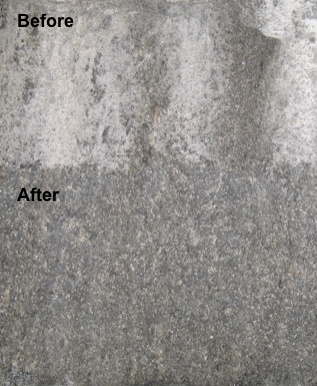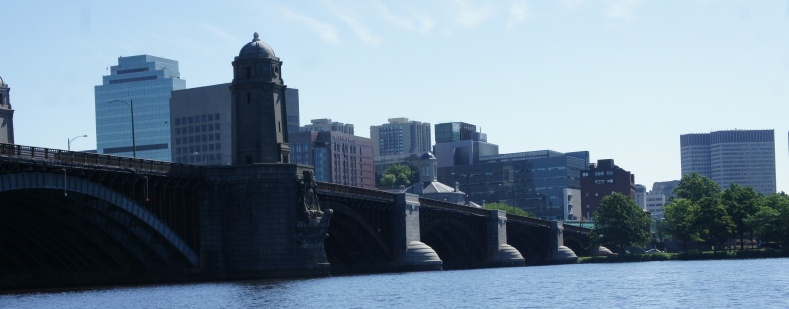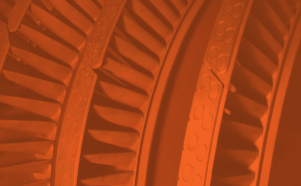Projects involving granite substrates are a contractor’s most common kind of masonry restoration. Granite is a beautiful, durable stone used on the interior and exterior of buildings, structures, and monuments.It has a Mohs hardness ratings between six and seven and therefore capable of withstanding the demands of everyday life.
Several of the characteristics that make granite so beautiful also make it more susceptible to surface stains and structural fractures. The porous, crystalline quartz structure of granite includes the random organization of mineral composition, veining, and grain which forms the beauty - but also the ability to harbor mold, bacteria, environmental contaminants and environmental pollutants.
Granite restoration is usually divided into two groups; restoration of a stone’s finish and/or restoration of the stone’s structure. Both groups typically involve cleaning or restoring visible surfaces. In the case of small structural repairs, broken pieces are typically glued together with two-part epoxy, and subsequently cleaned of surface contaminants. Depending on the application, granite is then buffed and polished to reduce the visibility of cracks and leave one consistent, uniform surface.
For large-scale projects, like the Longfellow Bridge, Sponge-Jet Sponge Media™ micro-abrasives are used to remove coatings - often paint or sealants, and most other contaminants including minerals released within the stone like efflorescence.
 Sponge-Jet is a trusted solution when contractors are tasked with maintaining the integrity of the stone while restoring its original visual appearance. Projects include those for the US National Park Service that are designated as National Historic Landmark Properties and properties listed on the National Register of Historic Places which chronicles “properties worthy of preservation.”
Sponge-Jet is a trusted solution when contractors are tasked with maintaining the integrity of the stone while restoring its original visual appearance. Projects include those for the US National Park Service that are designated as National Historic Landmark Properties and properties listed on the National Register of Historic Places which chronicles “properties worthy of preservation.”
Often environmental and industrial contaminants in the atmosphere lead to the staining of granite over time. This staining compromises the stone's visual appeal and can be very difficult to remove. Staining from power plants, vehicle exhausts, and other pollutants are very common causes of darkened stone, especially in cities.
A major challenge during granite restoration is maintaining visibility during the process. When restoring granite with grinders, chisels, and ordinary abrasive blasting, large amounts of dust are propelled into the air. The source of dust can be generated from the contaminant being removed, the fracturing of the cleaning/stripping agent as well as part of the surface being removed. The process dust can make it difficult to see and control the cleaning or stripping process, which can result in unnecessary damage to the substrate and visual inconsistency.
Sponge Media solves this problem. Often considered dustless blasting* technology, Sponge-Jet micro-abrasives work to trap microscopic dust particles at the source of generation before they become airborne. This is a common challenge with stone restoration that can be controlled, all while providing a safe, user-friendly, and productive environment.
*Dustless blasting is a term commonly used to describe blasting that creates less dust (or fugitive airborne emissions) compared to ordinary blasting methods.
For Information on granite restoration projects that used Sponge-Jet, download our Compendium by clicking the button below:
Other Resources: http://solidsurfacealliance.org/ss-better-than-granite6.html









